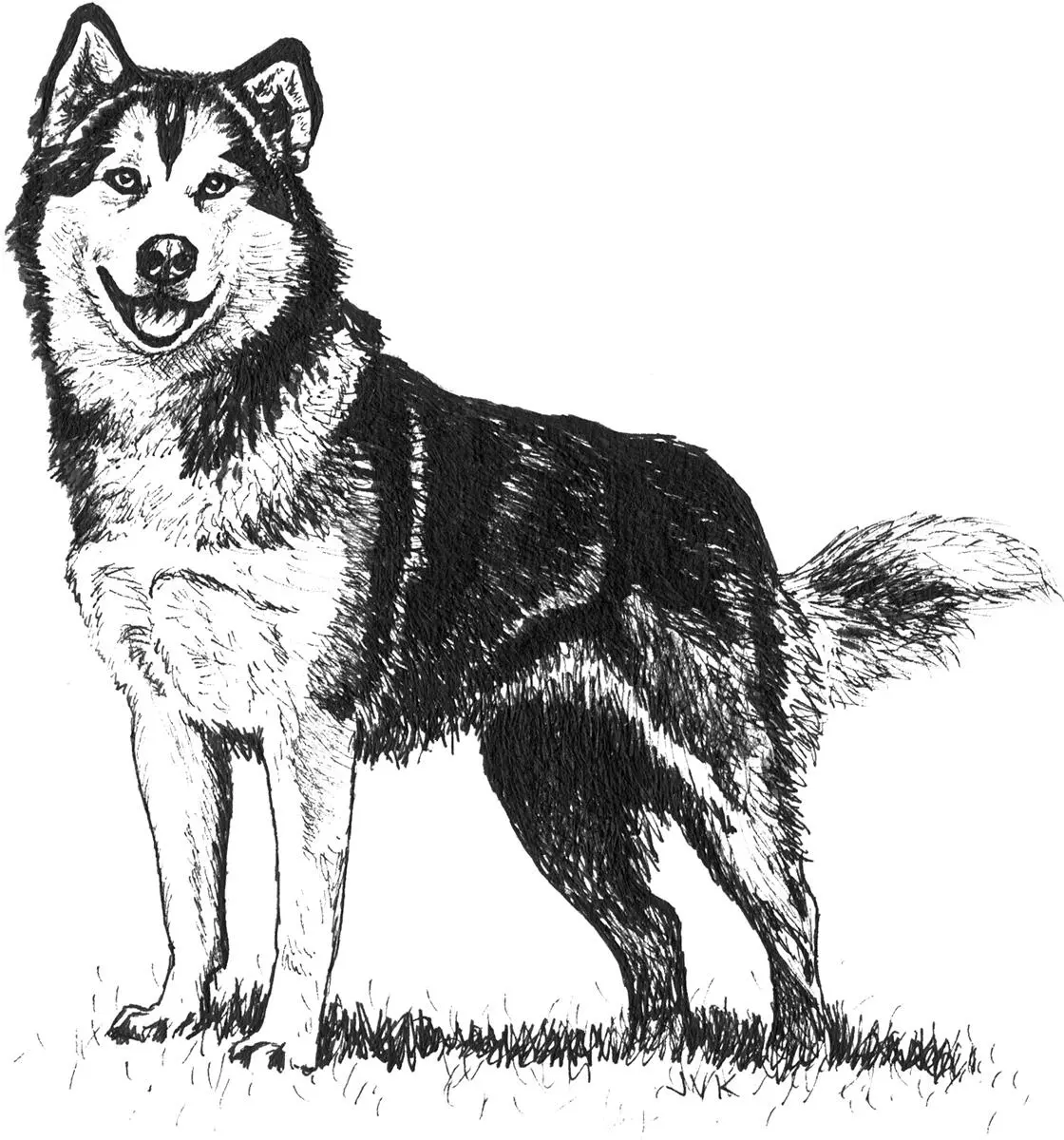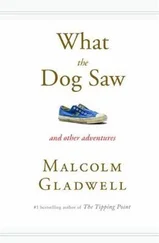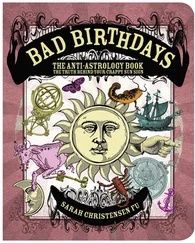CLEVER
DOG
Understand What Your Dog is Telling You
Sarah Whitehead

Dedication Dedication Introduction: Dogs and dinner parties Part 1: LIFE 1 - Dominance: The wolf legend and other myths 2 - Canine communication systems: Learning the lingo 3 - Team building: Stress immunisation for your puppy Part 2: LOVE 4 - Emotions and addictions: Dogs who love too much 5 - Relationships: How your dog sees the world 6 - Sociability: Choosing the perfect dog for you Part 3: HEALTH 7 - You are what you eat: The effects of diet on behaviour 8 - Stress and anxiety: On the couch 9 - Sex: Hormonal hounds Part 4: HAPPINESS 10 - Life with purpose: Going with the flow 11 - Protection and connection: Park life 12 - Learning: What gets rewarded gets repeated 13 - Training in a foreign language: ET come home Conclusion: A dog by my side Bibliography Fabulous websites Acknowledgements Copyright About the Publisher

Contents
Cover
Title Page CLEVER DOG Understand What Your Dog is Telling You Sarah Whitehead
Dedication
Introduction: Dogs and dinner parties
Part 1: LIFE
1 - Dominance: The wolf legend and other myths
2 - Canine communication systems: Learning the lingo
3 - Team building: Stress immunisation for your puppy
Part 2: LOVE
4 - Emotions and addictions: Dogs who love too much
5 - Relationships: How your dog sees the world
6 - Sociability: Choosing the perfect dog for you
Part 3: HEALTH
7 - You are what you eat: The effects of diet on behaviour
8 - Stress and anxiety: On the couch
9 - Sex: Hormonal hounds
Part 4: HAPPINESS
10 - Life with purpose: Going with the flow
11 - Protection and connection: Park life
12 - Learning: What gets rewarded gets repeated
13 - Training in a foreign language: ET come home
Conclusion: A dog by my side
Bibliography
Fabulous websites
Acknowledgements
Copyright
About the Publisher

Dogs are a household subject and one – it seems – on which everyone has a fascinating opinion. Numerous dinner parties attest to this. There I am enjoying a nice glass of Chablis and a friendly chat when someone asks what I do for a living. I’ve never yet said ‘I’m in IT’ but I may well consider it in future because no sooner have I confessed that I’m a pet behaviour specialist than someone comments: ‘Ooh, that’s great. I have a dog you could help with.’
At this stage, of course, they don’t really want my help – they just want to talk about Bonzo’s latest naughty adventure and, frankly, I love a good dog story. Once they are done, the comments from the other guests are revealing. Having heard how Bonzo bites people, runs off, barks all day or eats the carpet, someone will always say, ‘I know how to stop him doing that’ – and that someone is never me! Invariably, the ‘expert’ will proclaim the most hideous, punitive measure to be a complete and universal cure. Apparently, it’s OK to suggest to a complete stranger that they use an electric shock collar on their dog, that they should rub their dog’s nose in faecal matter or that they should strangle the poor thing on a choke chain, all in the name of training. Uh oh.
At this point in the conversation, there’s a small pause. The circle of guests stop and turn to me. ‘So, what do you think of doing that?’
Pass another glass of wine, please, and make it a big one.
Strong opinions on dog behaviour are not confined to the social scene. Over the years, I’ve appeared as an expert witness in court cases where the magistrates have, quite literally, the power of life or death over someone else’s pet. These cases are often depressingly complex, costly and time-consuming, and yet, all too often, after I’ve given evidence on a specific behavioural aspect, the magistrate will say something along the lines of: ‘Thank you, Ms Whitehead, but I think we know how dogs behave.’
My work as a pet behaviour counsellor has kept me busy, impassioned, fascinated and laughing for the past twenty years. In that time, I have had the honour of meeting thousands of dogs and owners across the UK and internationally, and have relished the chance to ‘talk dog’ with them. I now specialise in aggression problems and the more weird and wonderful behaviours dogs can present, while my practice deals with every kind of canine behaviour problem that you can think of – and then some. Working on referral from veterinary practices around the country, we are constantly in touch with the practicalities of canine training and behaviour – and still, after all these years, I love every minute of it.
Perhaps the fact that dogs are so common in our culture works against them. They pervade our domestic existence and yet they are remarkably under-researched. Want to find out about dog behaviour? Nine times out of ten you will be forced to read literature on wolves, studies on rats and research on pigeons. This is the equivalent of studying human psychology by examining the behaviour patterns of the great apes. It may be interesting and relevant, but it isn’t the same as studying the actual species that we live with day in, day out.
Maybe the scarcity of rigorous scientific research on domestic dogs is the reason why so many myths about their behaviour pervade our society. In many cases, these myths have become so ingrained that we accept them as truth, never questioning where they came from or how factually correct they actually are. In this book, just as in my everyday work as a pet behaviour specialist, I will propose some new ways of thinking about dogs. Some of these may be thought-provoking, some even shocking. In an age when we are all too often blinded by the ideas we are fed by television, the lures of urban myth and the promise of a fifteen-minute fix, it’s all too easy to think about dogs from a purely human perspective. Instead, perhaps now is the time to think about life from the dog’s point of view: to let go of all the previous theories that you have toyed with, to open your mind and, as my mentor the late John Fisher always said, ‘Think Dog’.



Case history: Ice, the misunderstood Malamute
‘This is a wolf you are dealing with here!’ barked the training instructor. ‘You need to show him who’s boss.’ With that, the big man strode across the room, grabbed the lead from the humiliated owner who had been struggling to get her dog to sit, and strung him up so that his front feet were off the floor.
At eight months old, Ice, the big, grey-and-white Malamute, had never been treated like this before and did what any reasonable dog would do when it thought its life was under threat: he became very still, averted his gaze, and uttered a long, low warning growl from deep in his throat.
Читать дальше


















